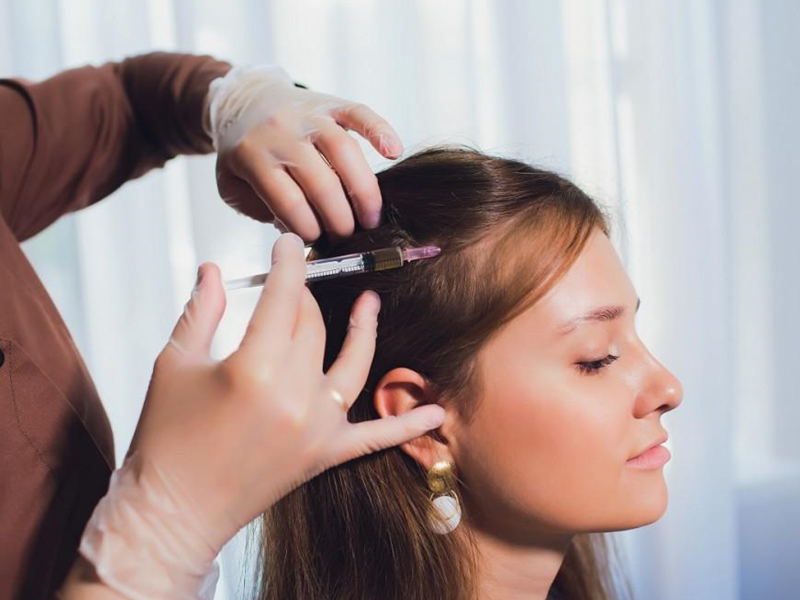Medications are a popular choice for treating hair loss because they can be effective at restoring some lost hair in addition to slowing down the rate of future losses. Popular medications for treating hair loss include minoxidil (Rogaine), finasteride (Propecia), spironolactone (Aldactone), dutasteride (Avodart), and topical corticosteroids. The major advantage of these medications is that they don’t require any invasive procedures or surgeries which makes them relatively safe options. However, it can take several months before you start seeing results from these medications so patience is important. Additionally, some people may experience side effects such as dizziness, headaches, nausea or sexual problems while taking these drugs so it’s important to discuss the potential risks with your doctor before starting any medication regimen.
Natural remedies are another popular option for treating hair loss since they tend to be cheaper than prescription drugs or surgery and offer fewer risk of side effects. Some popular natural remedies include herbs like saw palmetto extract, essential oils like lavender oil or rosemary oil applied topically on the scalp area; dietary supplements like biotin; lifestyle changes such as reducing stress levels; and scalp massage techniques using essential oils or acupuncture needles inserted into certain points on the head in order to stimulate blood circulation around the affected area . The main benefit of choosing natural remedies over other treatments is that there is little risk associated with using them but results may take longer than other methods so patience is still required if you choose this route..

Surgical procedures are an increasingly popular method for restoring lost hair due to their effectiveness in providing quick results with minimal downtime needed afterwards. Popular surgical options include follicular unit transplantation (FUT) where healthy hairs from one part of the head are transplanted onto balding areas; scalp reduction where excess skin from a balding region is removed; flap surgery where sections of healthy skin containing existing hairs are moved from one area onto another; and laser therapy which uses light energy to stimulate new growth in dormant follicles on the scalp . Although this type of treatment tends to provide quicker results than other methods such as medications or natural remedies it also carries higher risks such as infection during surgery which may lead to permanent scarring . Additionally , these types of treatments tend to be expensive compared with other options so you need consider all factors before making a decision about which type would suit you best.
In conclusion , no matter what type of treatment you choose for your particular condition , it’s important that you discuss all potential benefits and drawbacks carefully with your doctor before beginning any course of treatment . With careful consideration , patients can find the right solution that meets their needs while minimizing potential risks involved .



